
Editor’s Note: This story originally appeared on The Penny Hoarder.
You might have heard about the Inflation Reduction Act, which was passed into law in August 2022. Funnily enough, the law does very little to combat inflation.
But one thing it does do is provide a large swath of green energy credits — including tax credits and rebates for homeowners.
Today, we’re going to parse through all the potential credits you could claim for 2023, and cover a few projects you might want to hold off on for future tax years.
That way, you can strategize your renovations to maximize your potential credits and rebates.
What Is the Energy Efficient Home Improvement Credit?

Starting in 2023, the Nonbusiness Energy Property Credit is getting a facelift. It will now be known as the Energy Efficient Home Improvement Credit starting in the 2023 tax year, and there are no lifetime maxes on the credit.
Instead, there is an annual max of $1,200. Before the rebrand, this credit only gave you 10% of your expenses back, but starting in 2023 it will give you 30% back.
Because of the annual max, the most cost-effective way to do your projects would be in $4,000 chunks at a time.
Keeping it to $4,000 is rarely going to be possible when we’re talking about big home renovations, but if you could pull it off, it would enable you to claim the $1,200 every year without any excess spending.
Understand That Tax Credits Don’t Make Home Renovations Free

These tax credits are highly unlikely to help you wipe out the cost of home renovations entirely — even if you’re doing things super green.
“One of the things that’s challenging is that when people see a tax credit, they automatically think that if they spend $1,000, they’ll get all their money back, but you’re not getting it back dollar-for-dollar,” says Camari Ellis, EA of Philly Tax Team. “Some of these credits have caps, and each item has different criteria.”
For example, Ellis himself is considering upgrading his central air conditioning system. He’s received a quote for $7,000, but the max tax credit he’d be able to claim under the Inflation Reduction Act is $600.
How Energy-Efficient Home Improvements Help You Save Over Time

That said, the tax credit isn’t the only way energy-efficient home improvements can save you money. Ellis has had a number of clients receive tax credits for solar panel installation in the past, and has been impressed with the savings they see every month on their energy bill moving forward.
“It tends to pay for itself over time,” he says.
Given that it’s not an immediate payback, though, he encourages homeowners to look for credits for projects they were already planning and can actually afford.
What qualifies under the Energy Efficient Home Improvement Credit?
Windows and Skylights
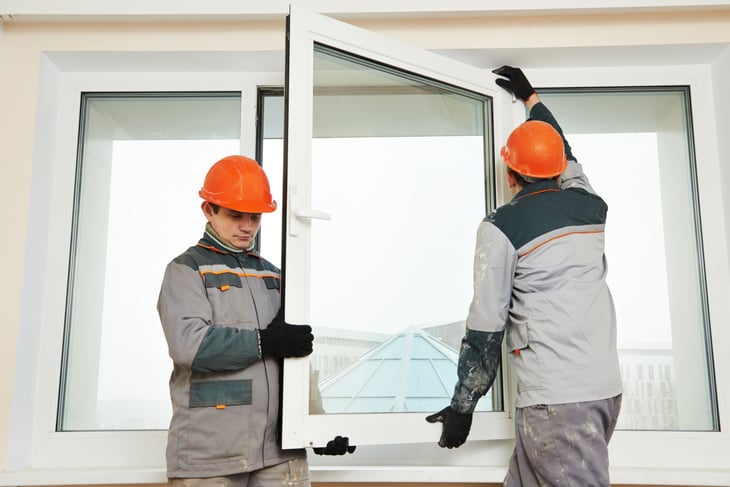
You will be able to use the Energy Efficient Home Improvement Credit to claim the lesser of $600 or 30% of your actual costs when installing energy-efficient windows and skylights in your home.
The windows must meet Energy Star’s “Most Efficient” standard in order to qualify.
Exterior Doors
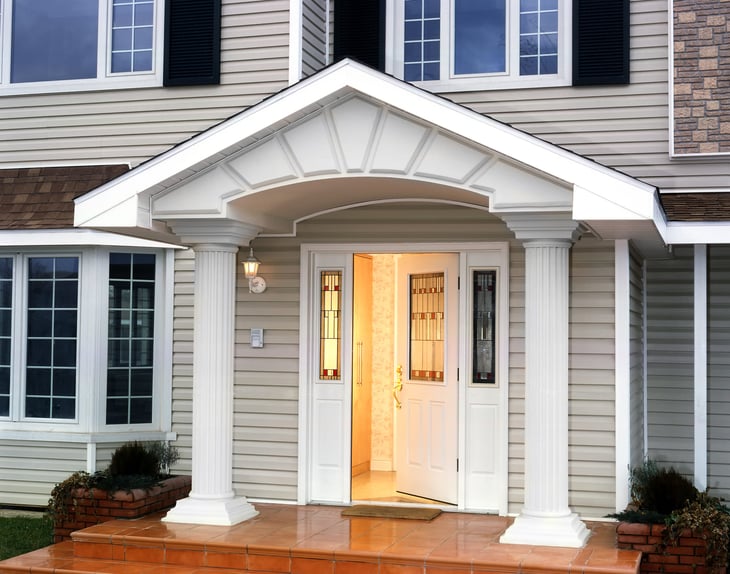
When you install Energy Star exterior doors, you’ll be eligible for the lesser of 30% of your real costs or $250 per door. The max total for this credit is the lesser of 30% of real expenses or $500 per year.
Insulation
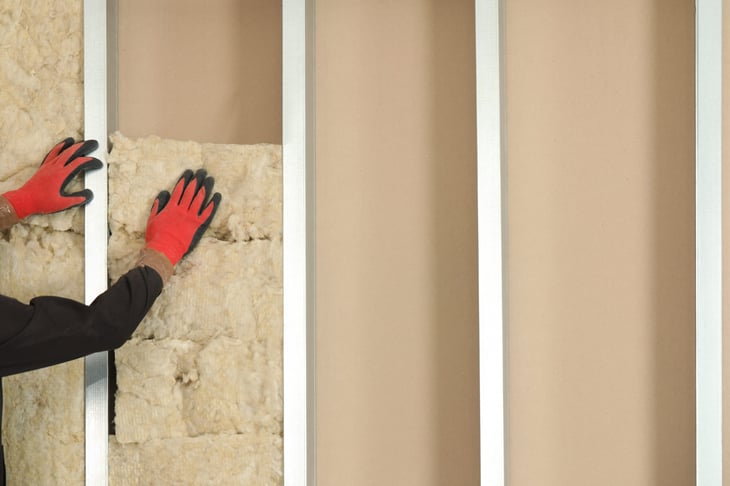
Insulating your home comes with no dollar cap!
You can claim up to 30% of your real expenses no matter how large they may be — bearing in mind that you’ll still be subject to the $1,200 annual limit on all Energy Efficient Home Improvement Credits.
Your insulation will have to meet International Energy Conservation Code standards from two years prior. So for the 2023 tax year, you’d want to make sure your insulation meets or exceeds 2021 standards.
Central Air Conditioning
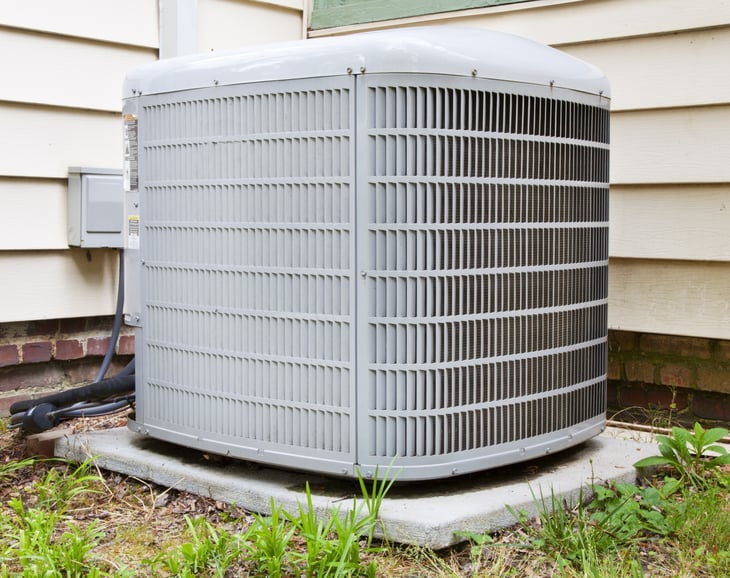
You can claim the lesser of 30% of your real expenses or $600 per central air conditioner using this tax credit. Your AC unit will have to meet the highest tier below the “Advanced Tier” according to the Consortium for Energy Efficiency (CEE) standards in order to qualify.
Here’s where you can get the specs for 2023 requirements.
Natural Gas, Propane and Oil Water Heaters
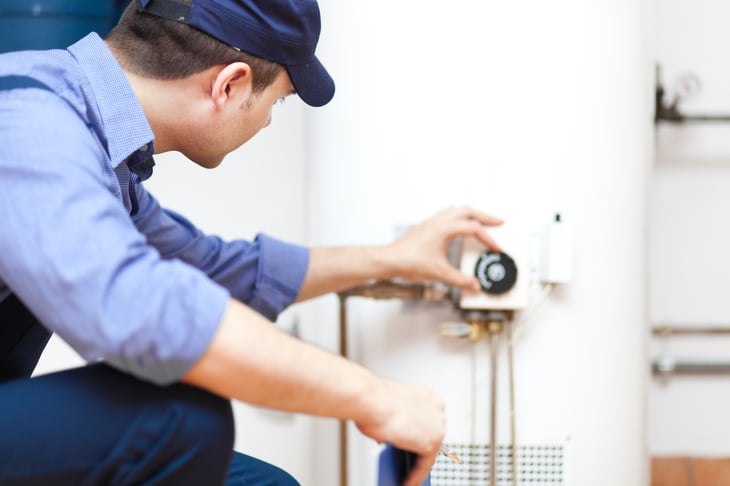
For this one you’ll again get the lesser of 30% of real costs or $600 per water heater. And, once again, you’ll have to purchase a water heater that’s just one tier below “Advanced Tier” according to CEE standards.
Natural Gas, Propane and Oil Furnaces or Hot Water Boilers
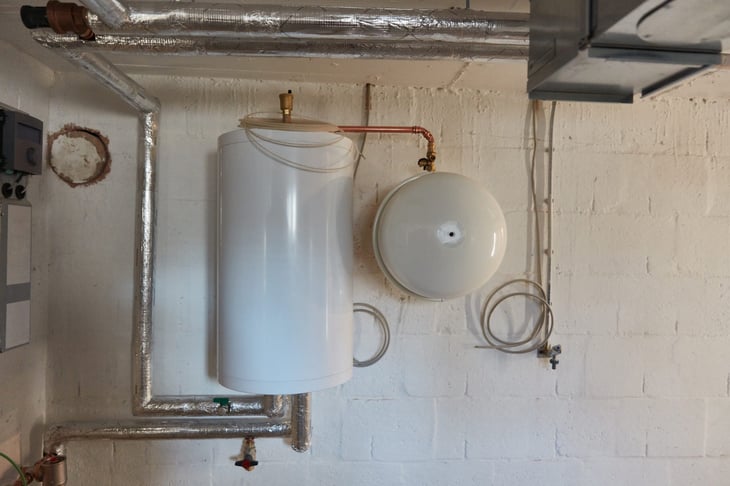
Claim the lesser of 30% of your actual expenses or $600 per each natural gas, propane, and oil furnace or hot water boiler. To qualify, currently your furnace or boiler must meet 2021 Energy Star standards. Here are the standards for furnaces and boilers.
Plus, the manufacturer has to specify that it can be used with up to 20% biofuel.
The Standard Goes Up in 2027

Starting in 2027, you’ll have to meet higher standards to claim this credit for your furnace or boiler.
At that point the manufacturer will have to rate the furnace or boiler for use with up to 50% biofuel, and it will also have to have an Annualized Fuel Utilization Efficiency of at least 90.
Electric Panels
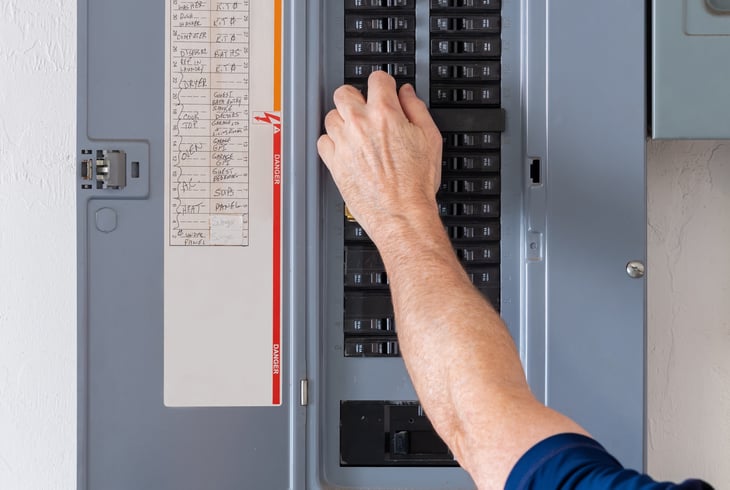
Whether you’re installing a panelboard, sub-panelboard, branch circuit or feeders, you’ll be able to claim the lesser of 30% of your real costs or $600 per property.
This one’s a little stickier, though. Not only does the panel have to have a load capacity of at least 200 amps, but it also has to be used to power one of the above AC units, water heaters, or furnaces or water boilers.
Home Energy Audits
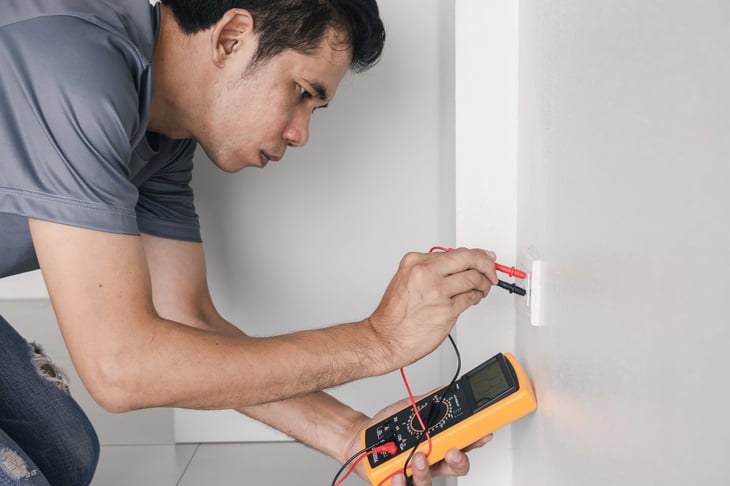
The IRS and Treasury Department are still laying out specifics on this one, so it might not be the best one to pay for until we have more guidance. But once guidelines are in place, you’ll be able to claim the lesser of 30% of the cost of an audit or $150.
Other Heating Solutions That Can Get You Extra Tax Credit
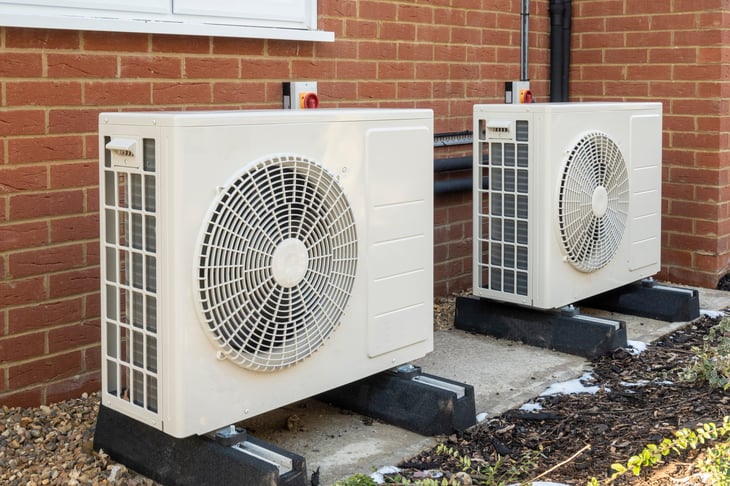
On top of the $1,200 annual credit max, you can claim up to another $2,000 (or 30% of real costs – whichever is less) on the following items:
- Heat pumps. Must be at least the tier below “Advanced Tier” according to CEE standards.
- Heat pump water heaters. Must be at least the tier below “Advanced Tier” according to CEE standards.
- Biomass stoves or hot water boilers. Must have a thermal efficiency rating of at least 75%.
What else should you know about the Energy Efficient Home Improvement Credit?
You Can’t Carry Over Energy Efficient Home Improvement Credits
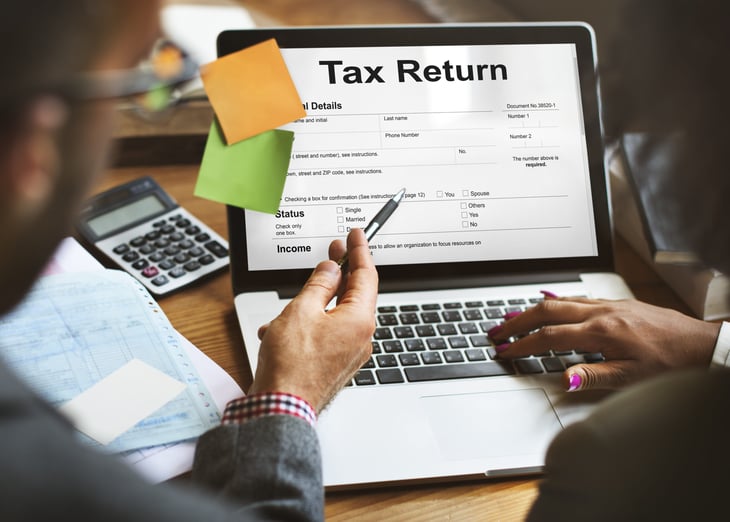
You will only be able to use Energy Efficient Home Improvement Credits to reduce your tax burden down to $0 — they’re not refundable.
Not only are they not refundable, but if you have any “leftover” credit, you won’t be able to carry it over to the next year. The next type of credit included in the Inflation Reduction Act can be carried over from year to year, though.
You May Qualify for the Residential Clean Energy Property Credit
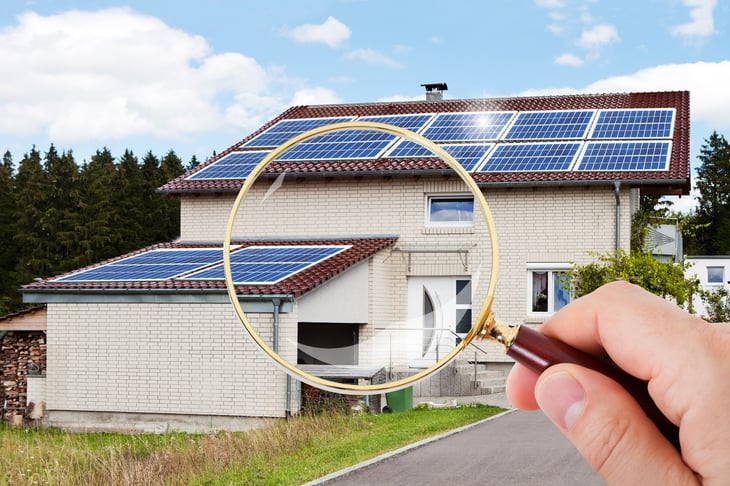
The Residential Clean Energy Property Credit was restored to 2020 levels by the Inflation Reduction Act. For the past couple years the credit has been phasing out, but the new legislation restored it to 30% of your real expenses – with no dollar cap.
You can claim this credit if you install any of the following on your property:
- Residential solar energy systems.
- Residential solar water heaters.
- Small wind energy systems.
- Geothermal heat pumps.
- Battery storage (must have storage capacity of 3 kilowatt hours or more.)
- Fuel cells.
This credit is also not refundable. It can only be used to reduce your tax liability to $0. However, you can carry it over from year to year, so if the credit is more than you owe the IRS, you can recoup those expenses in the following tax year.
Eventually, It Will Phase Out Again

Pending future legislation, this particular credit will remain at 30% for qualified home renovations through the end of 2032. Then, it’ll go down to 26% of your expenses in the 2033 tax year, and 22% of your expenses in the 2034 tax year.
Don’t See Your Project on the List? Check Your State Energy Agency for HOME Rebates Programming

A huge portion of money was allocated to the states in the Inflation Reduction Act, too. For states that actually accept the funding, this money will be used to give consumers “rebates” when they purchase select home appliances or perform specific energy-efficient home renovations.
Federally, this program is known as HOME Rebates (for renovations) and the High-Efficiency Electric Home Rebate program (for appliances.) But the label your state uses may vary.
Program funding is expected to be complete this spring, but it may be a while before states that accept the money get their programs up and running. Find your state’s energy department to keep tabs on the latest news in your area.
